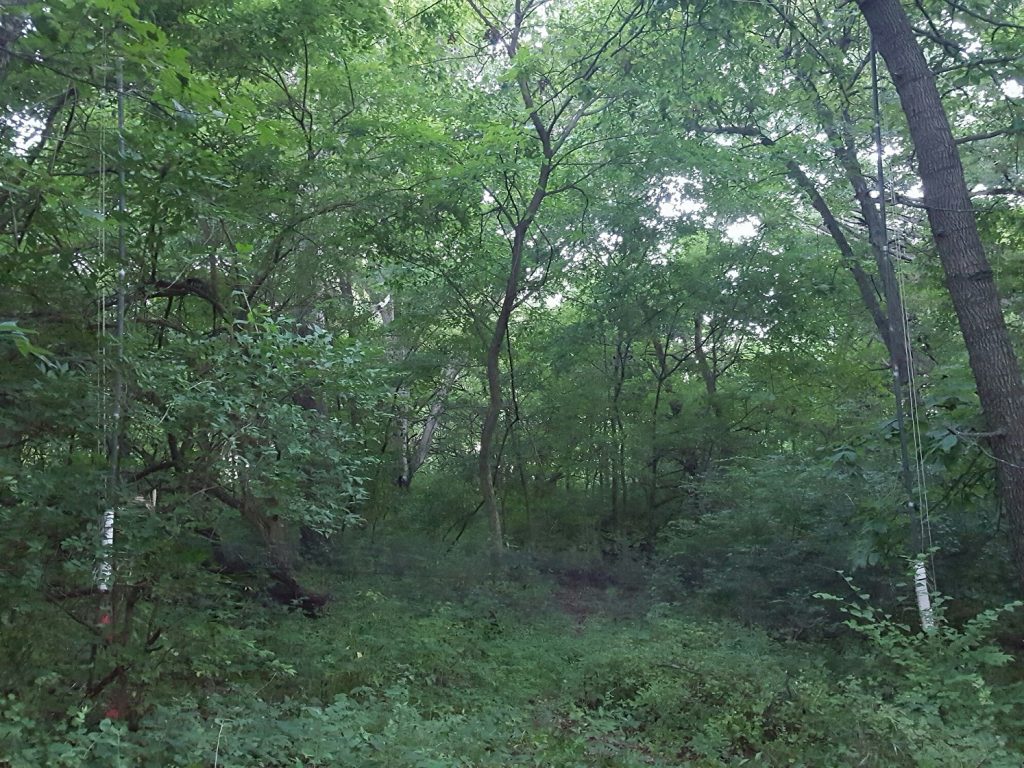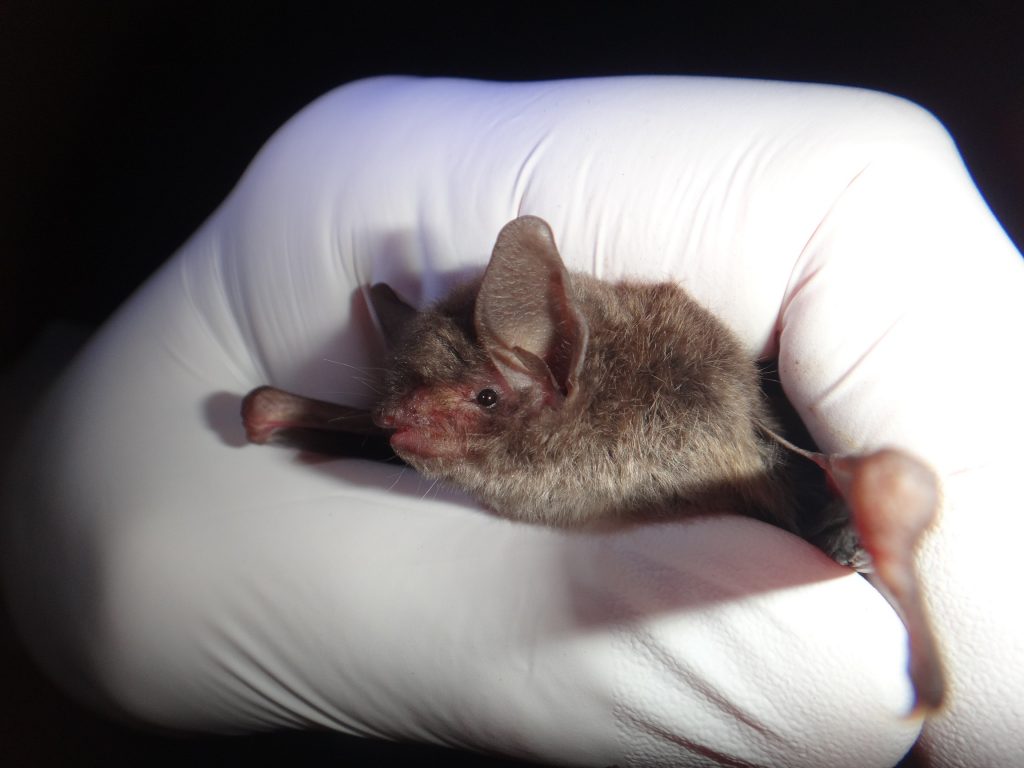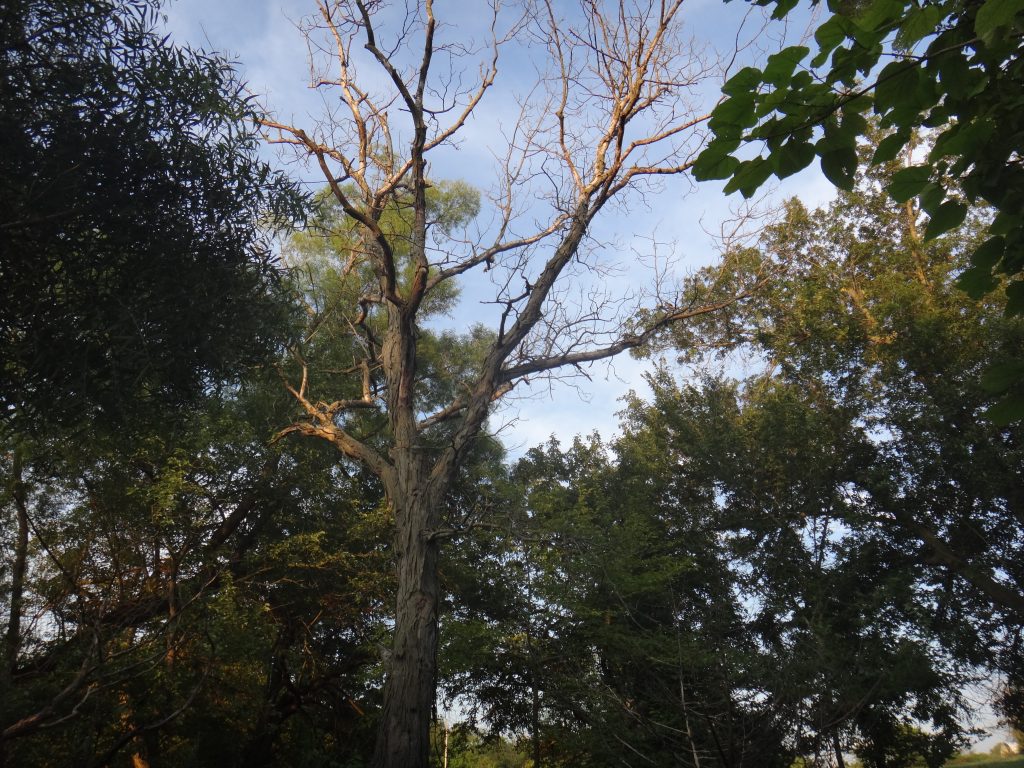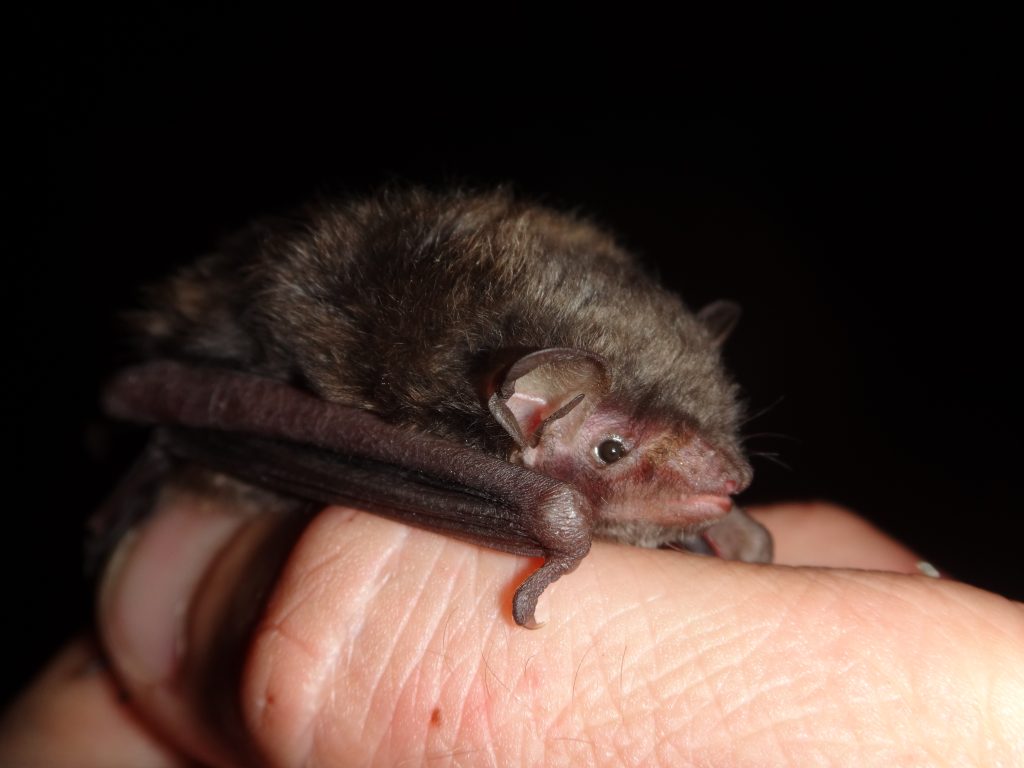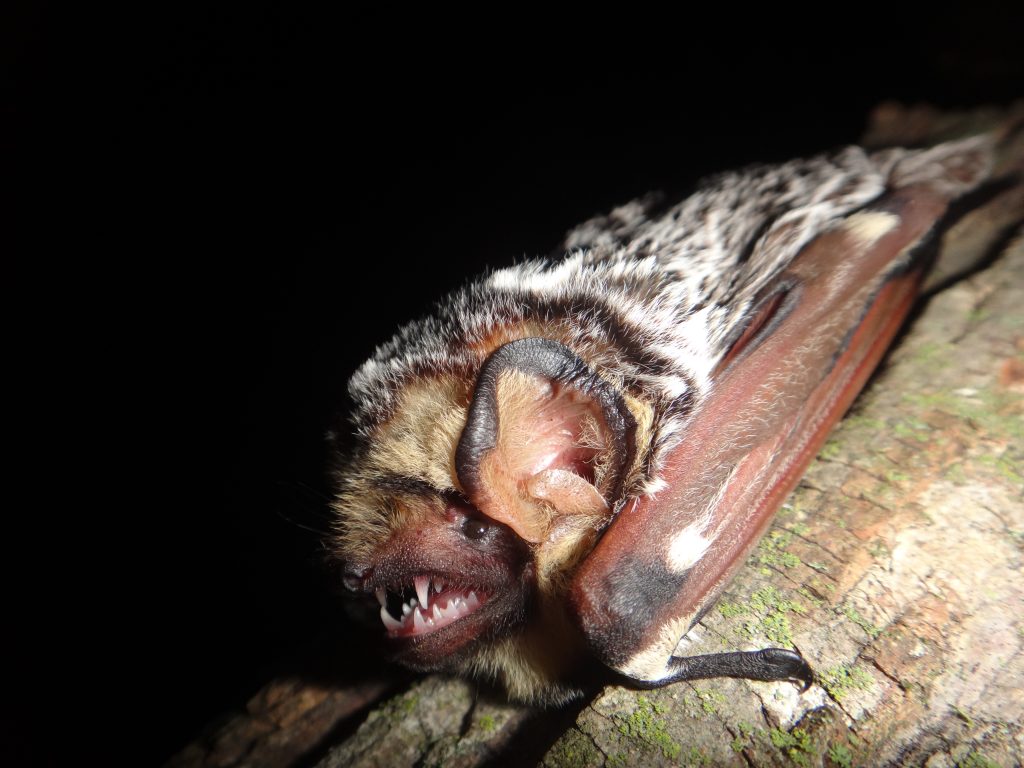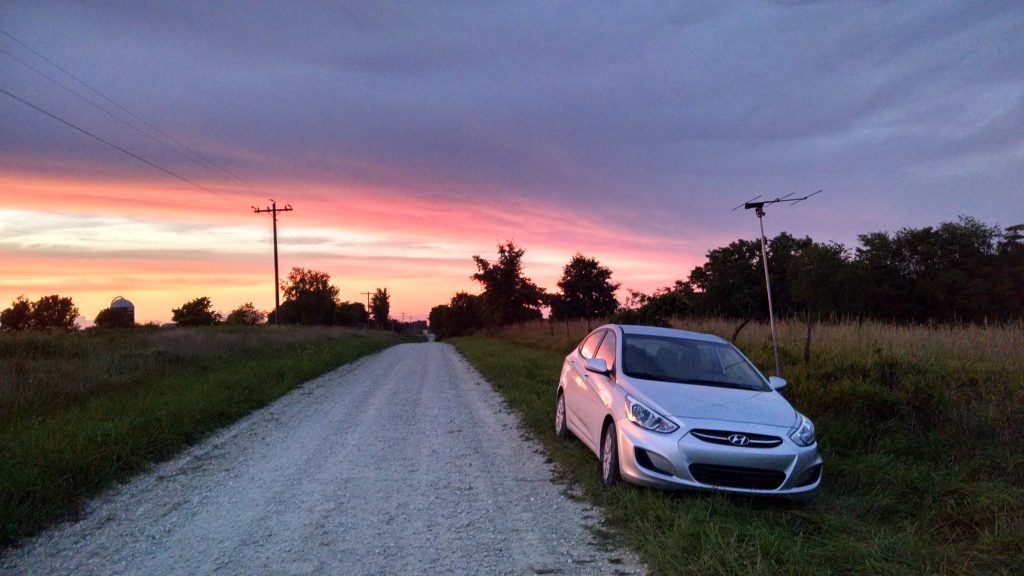PWE was contracted by a private wind development company to complete bat surveys for a proposed windfarm consisting of approximately 2,241 acres, of which approximately 400 acres were forested. The proposed windfarm, sized at 50 megawatts, included the construction of twenty-six (26) wind turbines, associated access roads, a substation, and a transmission line. Previous presence/probable absence investigations within the area for a similar project included both acoustic and mist net surveys. The previous acoustic surveys recorded 333 Indiana bat (Myotis sodalis) calls. The previous mist net surveys resulted in the capture of thirty-seven (37) bats representing seven (7) species at four (4) mist net sites. Bats captured included the Eastern Red bat (Lasiurus borealis), Big Brown bat (Eptesicus fuscus), Evening bat (Nycticeius humeralis), Indiana bat, Northern Long-eared bat (Myotis septentrionalis), Little Brown bat (Myotis lucifugus), and Hoary bat (Lasiurus cinereus). Of the five (5) Indiana bats captured, two were lactating females, and three were non-reproductive males.
Based upon the previous surveys, presence of the Indiana bat and Northern Long-eared bat was confirmed within a portion of the new windfarm. PWE assisted the wind development company with agency consultation and preparation of an updated survey study plan that would cover the current wind farm project area, update the previous survey results with the current level of effort for bat surveys, and further document the presence of the Indiana bat and Northern Long-eared bat within and adjacent to the windfarm area.
In August of 2016, PWE conducted a summer mist netting survey which consisted of 6 mist net sites and 38 mist net nights. During the mist net survey, PWE captured a total of sixty-three (63) bats representing five (5) species. Bats captured included Big Brown Bat, Eastern Red bat, Hoary bat, Evening bat, and Indiana bat. No Northern Long-eared bats were captured during the survey. Out of the thirteen (13) Indiana bats captured, seven (7) had transmitters attached. Five (5) of the bats were tracked to their day roost(s) and/or night roost(s). One (1) day roost and one (1) night roost were located within the Study Area. All other roosts were located outside of the Study Area. Foraging telemetry showed three (3) of the bats foraging regularly within the project area.
At this time the private wind development team is coordinating with both state and federal agencies.
- PWE will be attending the 2021 NEBWG Meeting!


